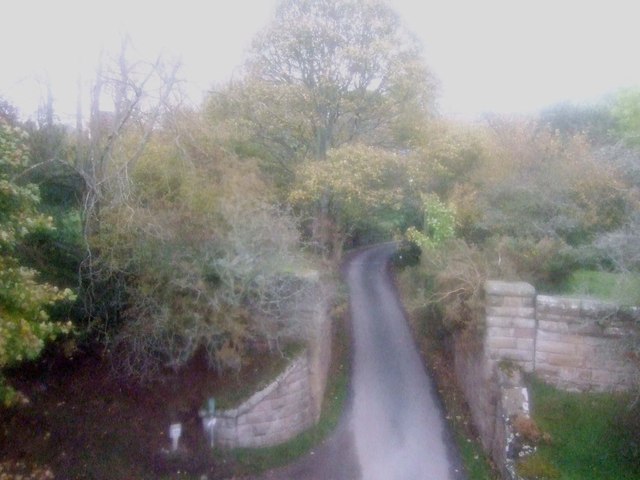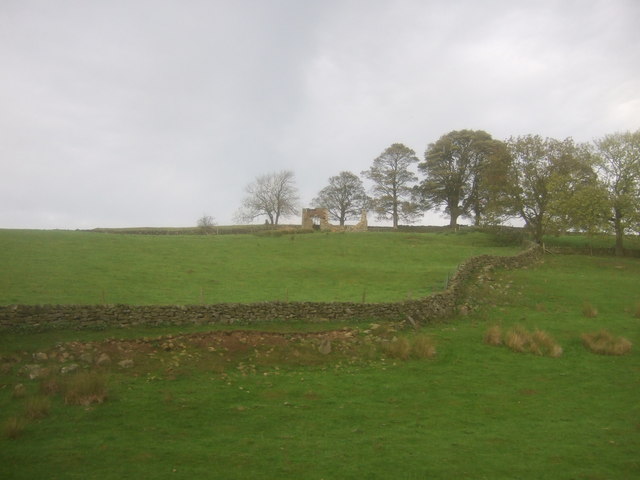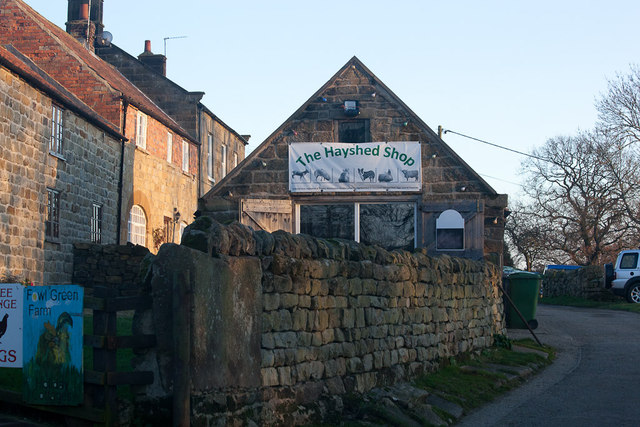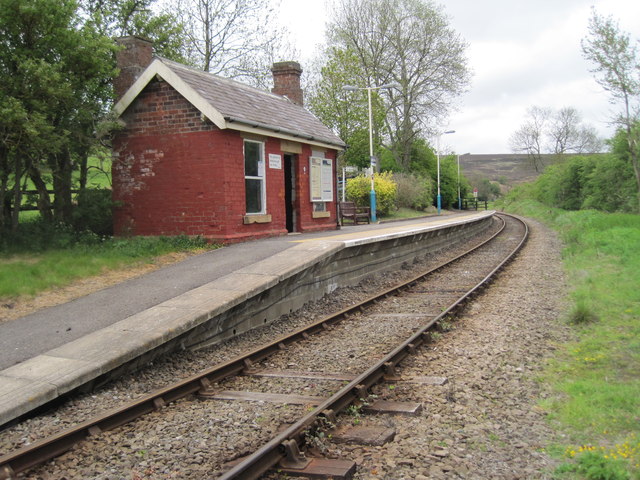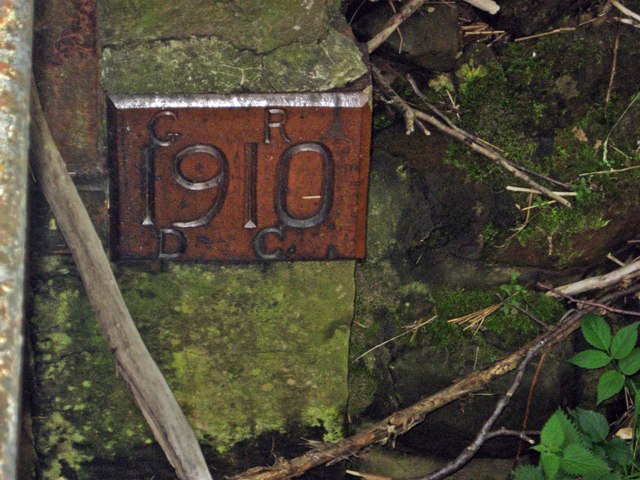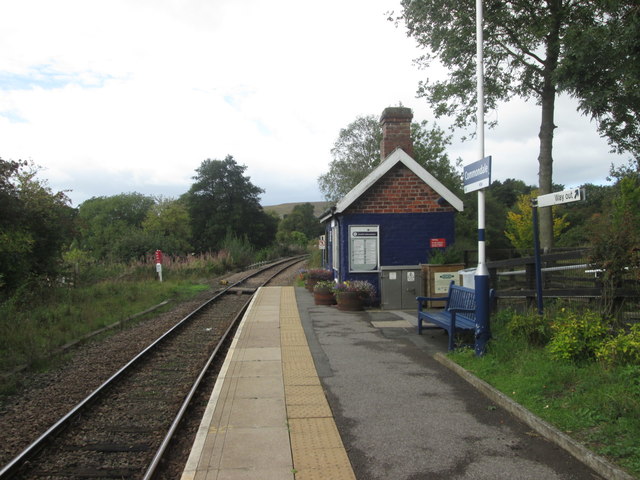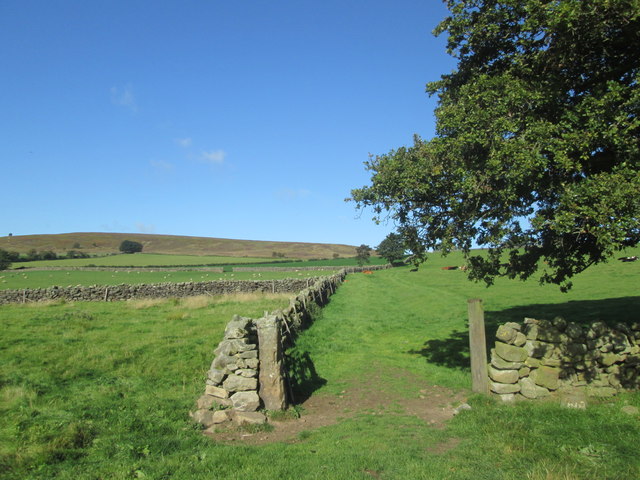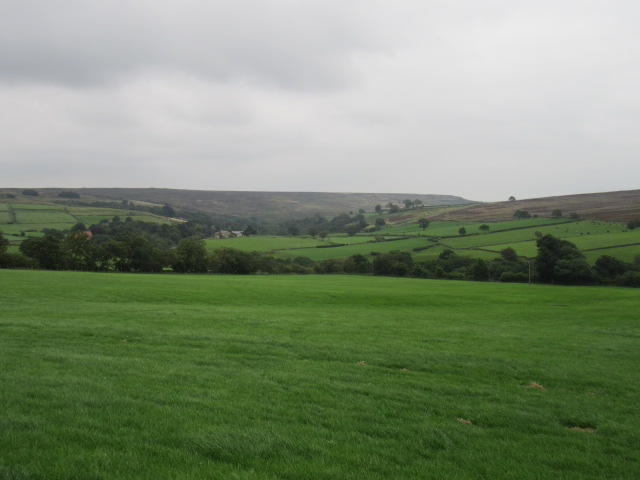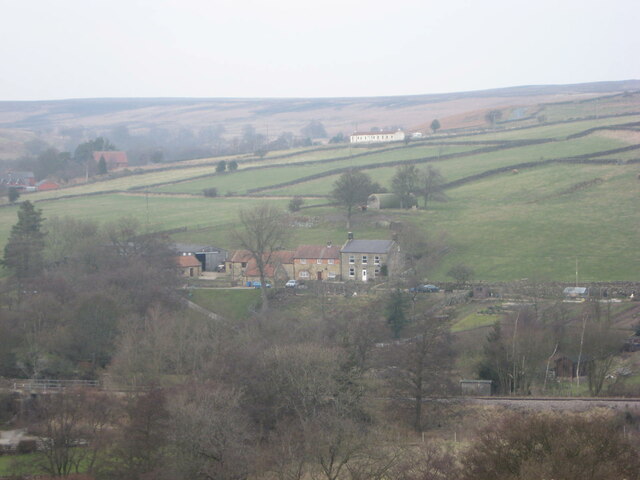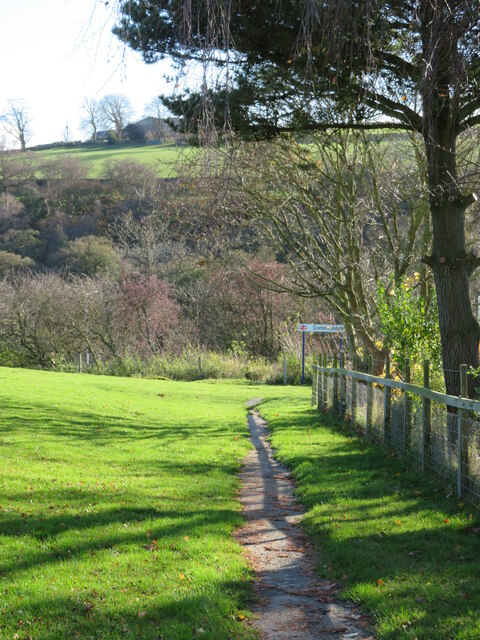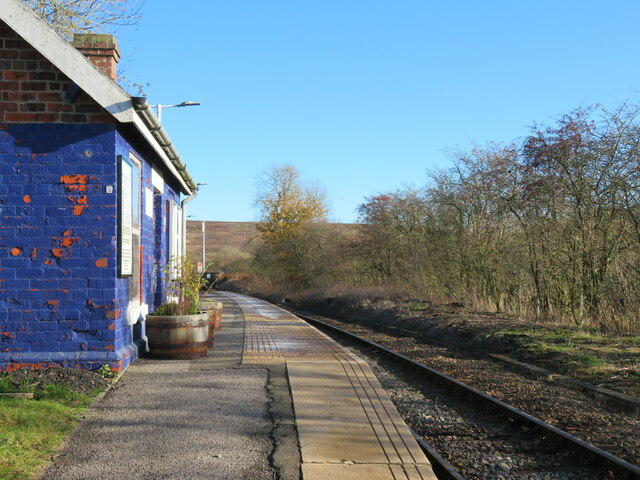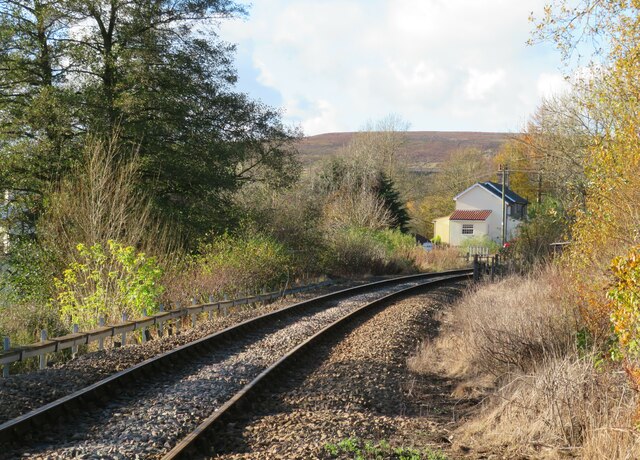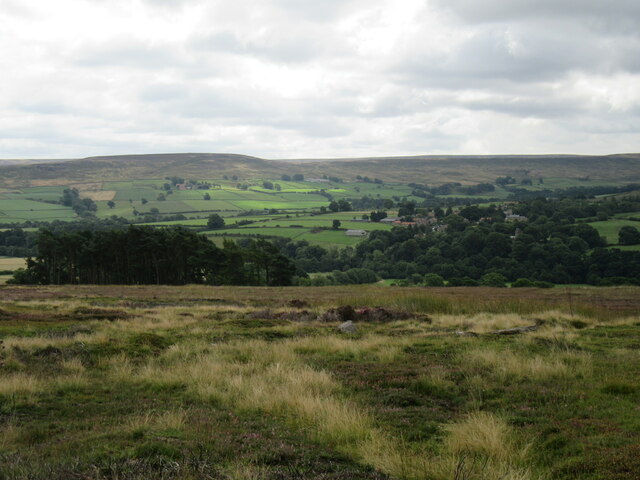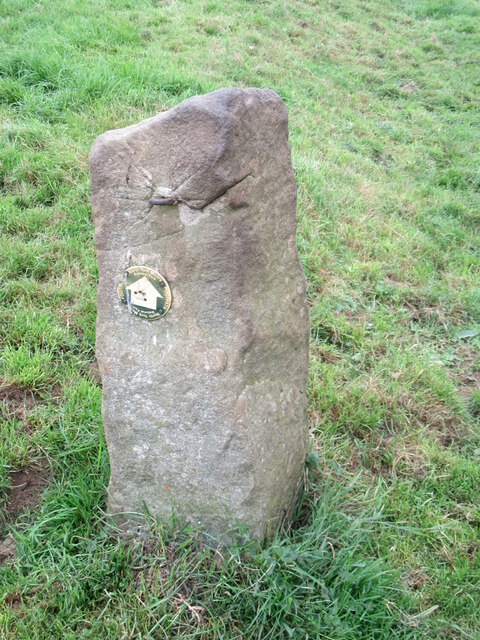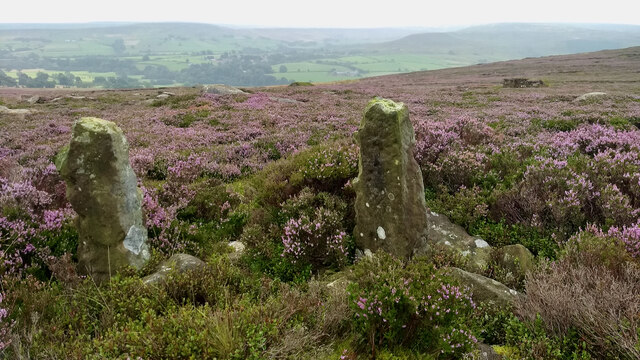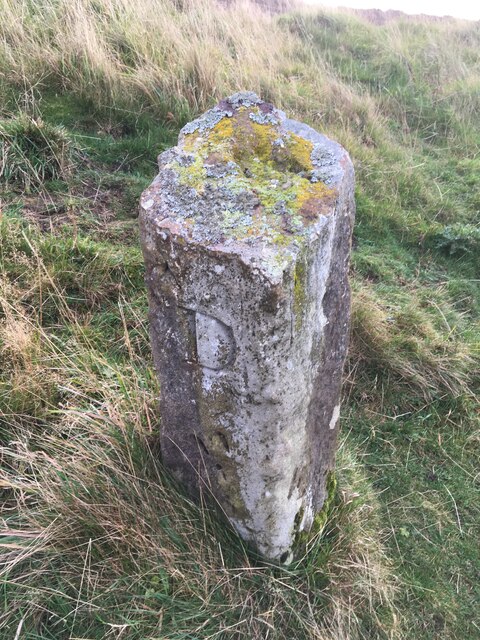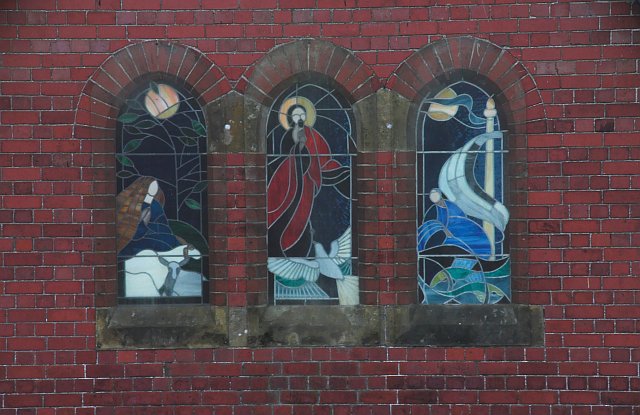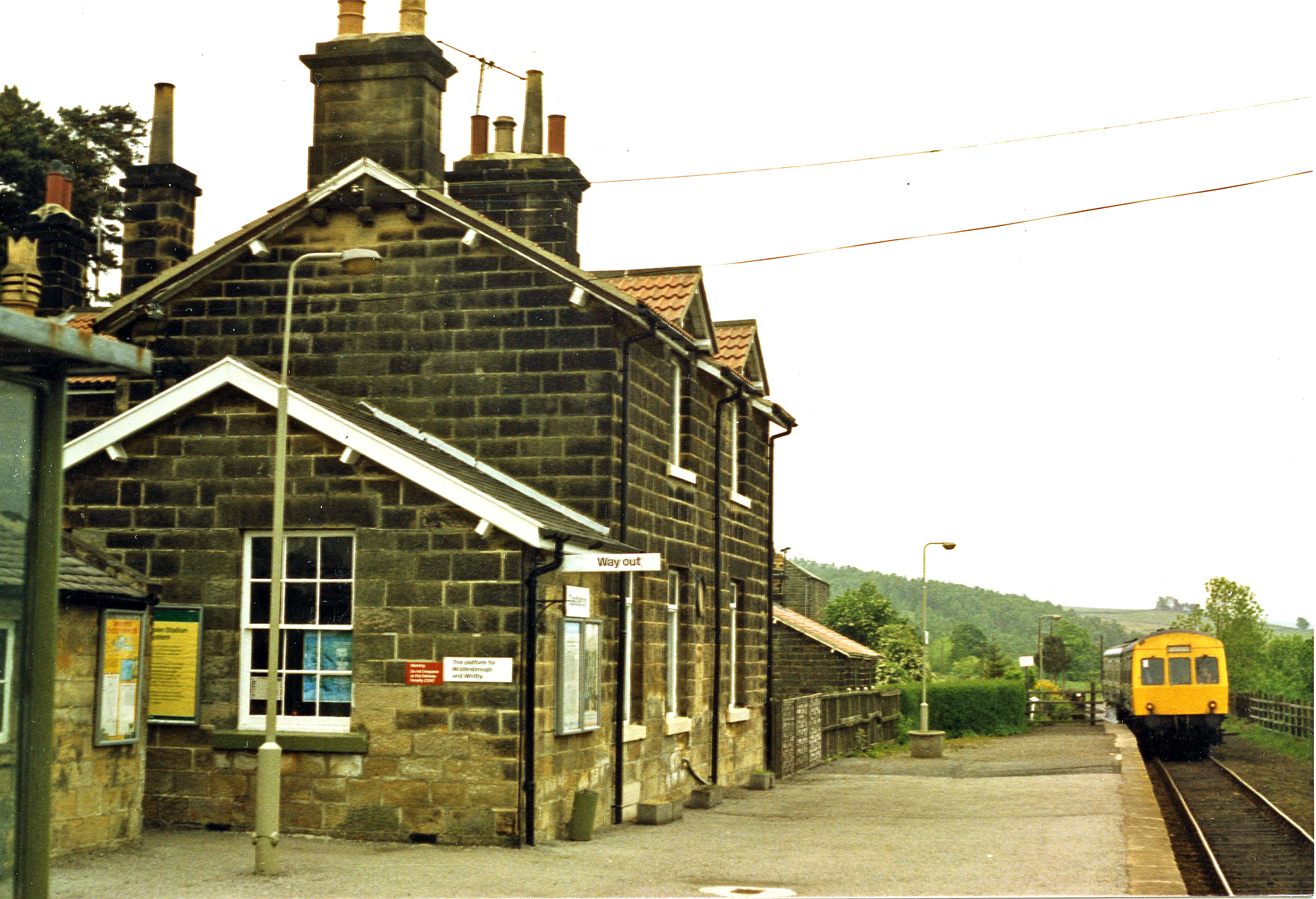Pike Howe
Heritage Site in Yorkshire
England
Pike Howe
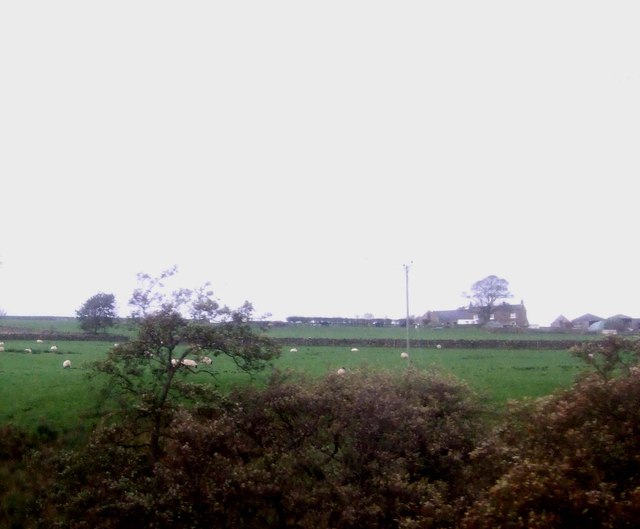
Pike Howe, located in Yorkshire, England, is a notable heritage site with a rich historical significance. Situated in the breathtaking Lake District National Park, Pike Howe is a prominent hill that offers stunning panoramic views of the surrounding landscape.
The site holds great importance in the local history and has been a subject of various archaeological explorations. Excavations have revealed remnants of ancient settlements dating back to the Neolithic and Bronze Age periods, providing valuable insights into the lives of early human communities that once inhabited the area.
Pike Howe's strategic position atop the hill made it an ideal defensive site during medieval times. The remains of earthworks and fortifications can still be seen today, serving as a testament to its role in protecting the region.
Apart from its historical significance, Pike Howe is also a popular destination for outdoor enthusiasts. The hill provides ample opportunities for hiking and nature walks, allowing visitors to immerse themselves in the captivating beauty of the Lake District. The surrounding area is home to diverse flora and fauna, making it an ideal spot for nature lovers and wildlife enthusiasts.
Overall, Pike Howe in Yorkshire is a remarkable heritage site that offers a unique blend of historical significance and natural beauty. Its ancient settlements, medieval fortifications, and breathtaking views make it a must-visit destination for anyone interested in exploring the rich cultural heritage of the region.
If you have any feedback on the listing, please let us know in the comments section below.
Pike Howe Images
Images are sourced within 2km of 54.467/-0.988 or Grid Reference NZ6508. Thanks to Geograph Open Source API. All images are credited.
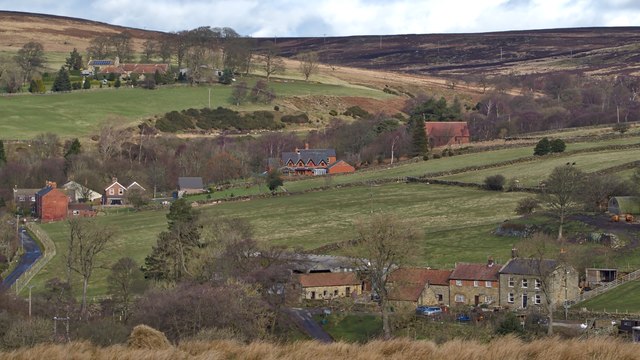
Pike Howe is located at Grid Ref: NZ6508 (Lat: 54.467, Lng: -0.988)
Division: North Riding
What 3 Words
///informer.horizons.librarian. Near Danby, North Yorkshire
Nearby Locations
Related Wikis
Commondale railway station
Commondale is a railway station on the Esk Valley Line, which runs between Middlesbrough and Whitby via Nunthorpe. The station, situated 16 miles 72 chains...
Commondale
Commondale is a village and civil parish in the Scarborough district of North Yorkshire, England that lies within the North York Moors National Park....
Westerdale Preceptory
Westerdale Preceptory was a priory in Westerdale, North Yorkshire, England. The land was donated to the Knights Templar by Guido de Bovingcourt in 1203...
Castleton Moor railway station
Castleton Moor is a railway station on the Esk Valley Line, which runs between Middlesbrough and Whitby via Nunthorpe. The station, situated 16 miles 45...
Related Videos
New Year's Eve Walk (Esk Valley Walk) | The North York Moors | Miss18Dapper | January 2022
Our stay at Millinder House - The Carthouse. Situated in the North York Moors National Park. Is a beautiful, peaceful place for a ...
Our Stay at Millinder House - The Carthouse | The North York Moors | Miss18Dapper | January 2022
Our stay at Millinder House - The Carthouse. Situated in the North York Moors National Park. Is a beautiful, peaceful place for a ...
Esklet's Crags & Westerdale Crags, North York Moors - 9 April 2023
A 6 mile walk from the parking area at the junction of Blakey Lane and Knott Road. The route heads west towards Esklet's Crags ...
Westerdale, North York Moors - 20 December 2020
At just over 8 miles this walk starts from Westerdale and heads south along the road up the ridge towards Young Ralph Cross.
Have you been to Pike Howe?
Leave your review of Pike Howe below (or comments, questions and feedback).
